-
How does it feel?
The infused tincture has a pleasant fresh, slightly sweet smell with an initially sweet taste and mildly bitter after tones. The dried herb has a gentle aroma redolent of fresh field mushrooms.
-
What can I use it for?
Skullcap is a nervous system tonic, nervine and has antispasmodic activity. It is a great remedy where there is any nervous tension which can have a knock-on effect on the muscles, therefore it is useful in states of increased muscular tension such as in tension headaches, tightened shoulders, neck or lower back, palpitations, menstrual cramps, tremors, muscle spasms and leg cramps or neuralgia.
It can also be used in insomnia to quieten the mind enough to allow sleep to come. On its own it isn’t sedating, however in such situations it combines well with other herbs that do have this quality such as passionflower, wild lettuce or hops.
-
Into the heart of skullcap
 Herbal practitioners are consulted for anxiety and stress-related conditions more widely perhaps than any other presentation. To be able to have to hand this wonderfully nourishing herb for the nervous system within our herbal medicine chest is a very valuable resource indeed.
Herbal practitioners are consulted for anxiety and stress-related conditions more widely perhaps than any other presentation. To be able to have to hand this wonderfully nourishing herb for the nervous system within our herbal medicine chest is a very valuable resource indeed.As mentioned, it can be used for addiction and withdrawal symptoms concerning tranquillizers. Given the epidemic of analgesia addiction in the US and increasingly in European countries Skullcap has an important role in supporting the mind and body.
Ayurvedic use of skullcap includes its use in lowering excessive Pitta and for helping reduce heat-driven emotions such as hatred or anger.
It soothes the heart and is said to possess sattvic qualities, bringing about a clarity of mind. It is often combined with Gotu Kola for such situations.
-
Traditional uses
 Skullcap was used by Native American tribes to relieve breast pain, promote menstruation and in child birth to help expel the placenta. It was used within ceremonies for the transition of girls to womanhood and has been used variously for treating stress, insomnia, premenstrual syndrome and diarrhoea.
Skullcap was used by Native American tribes to relieve breast pain, promote menstruation and in child birth to help expel the placenta. It was used within ceremonies for the transition of girls to womanhood and has been used variously for treating stress, insomnia, premenstrual syndrome and diarrhoea.In the 18th century Skullcap was being used in mainstream American medicine for the treatment of rabies, particularly for the hysteria associated with this awful disease. This use as a ‘cure’ for rabies was subsequently discredited but not before earning it common names such as Mad dog weed. Undoubtedly it would have helped to calm any anxiety and reduce spasm in those with the disease.
In the 19th century the Physiomedicalists were using Skullcap as a nervine for conditions of excitability, phobias, anxiety and seizures.
It was considered a specific remedy for the convulsive twitchings of St Vitus’ dance now known to have been an umbrella term for various types of conditions with movement disorders.
-
Traditional actions
Herbal actions describe therapeutic changes that occur in the body in response to taking a herb. These actions are used to express how a herb physiologically influences cells, tissues, organs or systems. Clinical observations are traditionally what have defined these actions: an increase in urine output, diuretic; improved wound healing, vulnerary; or a reduction in fever, antipyretic. These descriptors too have become a means to group herbs by their effects on the body — herbs with a nervine action have become the nervines, herbs with a bitter action are the bitters. Recognising herbs as members of these groups provides a preliminary familiarity with their mechanisms from which to then develop an understanding of their affinities and nuance and discern their clinical significance.
-
Traditional energetic actions
Herbal energetics are the descriptions Herbalists have given to plants, mushrooms, lichens, foods, and some minerals based on the direct experience of how they taste, feel, and work in the body. All traditional health systems use these principles to explain how the environment we live in and absorb, impacts our health. Find out more about traditional energetic actions in our article “An introduction to herbal energetics“.
Western energetics
-
What practitioners say
 Nervous system
Nervous systemIt is a remedy par excellence for relaxing an excitable nervous system. Widely used in Western herbal medicine for anxiety and insomnia, palpitations, neuralgia, phobias, muscular twitching, tremors and in epilepsy.
It relaxes at the same time as acting as a tonic for the nervous system. It has good use in debility within a picture of nervous tension. Often prescribed in combination with herbs such as St John’s wort and Oats or adaptogenic herbs such as Ashwagandha or Gotu kola. It can be of good benefit to aid withdrawal from barbiturates and tranquillizers.
It can be taken at the onset of a panic attack and some people find it useful to carry a small bottle of the tincture with them to dose with if they feel acute anxiety coming on.
Gynaecological
Useful in easing any associated nervous tension or emotional lability, skullcap can be put to good use in premenstrual syndrome.
Cardiovascular system
Skullcap can be of benefit in palpitations or in hypertension (in combination with other herbs).
Digestive system
It can be given for digestive problems associated with stress, such as irritable bowel syndrome. The effects of relaxing the higher centres of the nervous system having a knock-on effect on the gut.
Fatigue
Useful in fibromyalgia or post viral fatigue syndrome in combination with oats and certain adaptogens such as ashwagandha, skullcap can be excellent for situations where one feels ‘tired and wired’.
-
Research
 In terms of the medicinal effects of the whole plant, unlike Scutellaria baicalensis, little has been carried out in the way of robust scientific research on Skullcap (Scutellaria lateriflora), when not in a combination product with other herbs.
In terms of the medicinal effects of the whole plant, unlike Scutellaria baicalensis, little has been carried out in the way of robust scientific research on Skullcap (Scutellaria lateriflora), when not in a combination product with other herbs.Antioxidant potential studies showed that there are no significant differences between S. lateriflora, S. baicalensis and a third species – S. racemosa (6).
A piece of work was done in 2014 looking at clinical applications of certain herbal medicines for anxiety and insomnia concerning patients with bipolar disorder. Skullcap, with the proposed mechanism of action being modulation of GABA receptors, showed some efficacy in meta-analysis of RCT within the psychiatric population for insomnia and marked efficacy in at least one RCT on healthy subjects for anxiety (1,7).
A small single-dose study was carried out on 19 healthy subjects with skullcap, the effects monitored and evaluated at regular intervals following administration. There was a noticeable decrease in anxiety with no adverse effects on cognition or energy levels (8).
In a placebo-controlled, double-blind, crossover study, 43 healthy, relatively non-anxious participants were randomised to taking 350 mg skullcap three times daily or placebo, each over two weeks. In this population there was no significant difference between skullcap and placebo, however, there was a significant group effect, suggesting a carryover effect of skullcap.
With regard to Total Mood Disturbance measured by the Profile of Mood States, there was a significant decrease from pre-test scores with skullcap but not placebo. Skullcap significantly enhanced global mood without a reduction in energy or cognition (9).
Further studies assessing the anti-anxiety effects of skullcap in notably anxious participants is required.
-
Did you know?
Skullcap and valerian are used in combination by some vets to treat habitual nervousness and anxiety in dogs and cats. This blend can be particularly good for noise phobias such as with thunder or fireworks.
Additional information
-
Botanical description
The genus Scutellaria in the Lamiaceae (mint) family has approximately 350 species, some of which are medicinally active. A perennial herb native to North America and Canada favouring woods, thickets and damp areas such as riverbanks and marshes.
The name Scutellaria comes from the Latin scutella, meaning ‘small dish’ and refers to the pouch-like appearance of the fruit’s calyx. It has slender, toothed leaves and pale blue, or occasionally white or pink flowers produced on one side of the stem.
Not to be confused with Baical skullcap (Scutellaria baicalensis), which is also used in western herbal medicine and one of the most widely prescribed herbs in Traditional Chinese medicine. Baical skullcap has denser racemes of larger purple/blue flowers.
It is important to ensure you have the correct species. Some skullcap labelled as S. lateriflora in garden nurseries can in fact be S. altissima, which is a showier plant. Scutellaria lateriflora can be adulterated, or substituted with other plants, so take care to ensure you obtain it from a reputable source.
The whole aerial parts are used, best harvested while in flower late in summer.
-
Common names
- Skullcap
- Virginia skullcap
- Mad-dog skullcap
- Mad-dog weed
- Quaker bonnet
- Blue pimpernel
- Hood-wort
-
Safety
Authentic American Skullcap is generally considered to be a very safe remedy when given within the therapeutic dosage range.
Limited studies on its use in pregnancy have shown no developmental or other harmful effects. It has a long history of use in women during pregnancy and lactation.
Over-dosage is said to cause confusion, stupor, and sometimes involuntary muscle spasms and twitches similar to epilepsy, however the authenticity of the herb ingested cannot be always verified in reported cases.
Adulteration or substitution can happen with any herb and Skullcap appears to have a bit of a reputation for this. Adulteration or substitution has occurred using other species of skullcap, or other herbs from the mint family and notably with hepatotoxic plants such as those of the Teucrium species. The 22nd edition of the US Dispensary (1937) described Scutellaria lateriflora as one of the most substituted and adulterated herbs in the Materia Medica. This problem was more prevalent in times gone by, however, it remains paramount to source from reputable stockists.
-
Dosage
3-6 g per day of the dried aerial parts
2-4.5 mL per day of a 1:2 liquid extract or equivalent capsule or tablet form
-
Constituents
- Flavonoids: predominantly baicalein and its glycoside baicalin, wogonin, scutellarein, scutellarin, lateriflorein. In addition – apigenin, hispidulin and luteolin (1,2,3,4)
- Iridoid glycoside: catapol (1,2,4)
- Volatile oils: limonene, humulene, terpinol (1,2,3)
- Tannins (1,2,3)
- Serotonin and melatonin (1,5)

-
Recipe
Calming tea blend
The following recipe gives quantities to make up a large jar of calming tea blend to store in your cupboard, ready for use.
Ingredients:
- 20 g skullcap
- 20 g passionflower
- 25 g limeflower
- 10 g valerian root
- 25 g German chamomile
Method:
- Combine all ingredients and mix well.
- Store in a sealed jar, or other airtight container.
- For a cup of calming tea, take two heaped teaspoonfuls of blend to a cupful of boiling water.
- Cover, let infuse for 8–10 minutes and then strain.
- You can add a small amount of honey if desired, then sit, sip and enjoy!
- Drink up to three cups daily.
-
References
- https://www.scu.edu.au/southern-cross-plant-science/facilities/medicinal-plant- garden/monographs/scutellaria-lateriflora/. (Accessed June 2021)
- Wohlmuth H. (2001). Skullcap (Scutellaria lateriflora): the herb with an identity crisis. Botanical Pathways; 13:115-119.
- Chevallier A. (2000). Encyclopaedia of Herbal Medicine.2nd edition. London: DK Natural Health
- van Wyk BE, Wink M. (2004) .Medicinal Plants of the World. Oregon: Timber Press
- Grieve M (1931) A Modern Herbal. Tiger press. Ed 1992. ISBN 1-83-5501-249-9
- Cole, B et al. (2008) Comparisons of Scutellaria baicalensis, Scutellaria lateriflora and Scutellaria r acemosa: genome size, antioxidant potential and phytochemistry. Planta Med 74(4): 474-81
- Baek, Ji et al. (2014) Clinical applications of herbal medicines for anxiety and insomnia; targeting patients with bipolar disorder.
- Wolfson P, Hoffmann DL.(2003). An investigation into the efficacy of Scutellaria lateriflora in healthy volunteers. Alternative Therapies in Health and Medicine. 2:74-78
- Brock, C, Whitehouse, J et al (2014) American Skullcap (Scutellaria lateriflora): a randomised, double-blind placebo-controlled crossover study of its effects on mood in healthy volunteers. Phytotherapy Research. 28 (5): 692-8
- Osol A et al. (1947) The dispensatory of the United States of America ed 24, Philadelphia. Lippincott p 1580
- Frawley D, Lad V. (1994). The Yoga of Herbs. Lotus Light Publications. ISBN: 81-208-1172-0

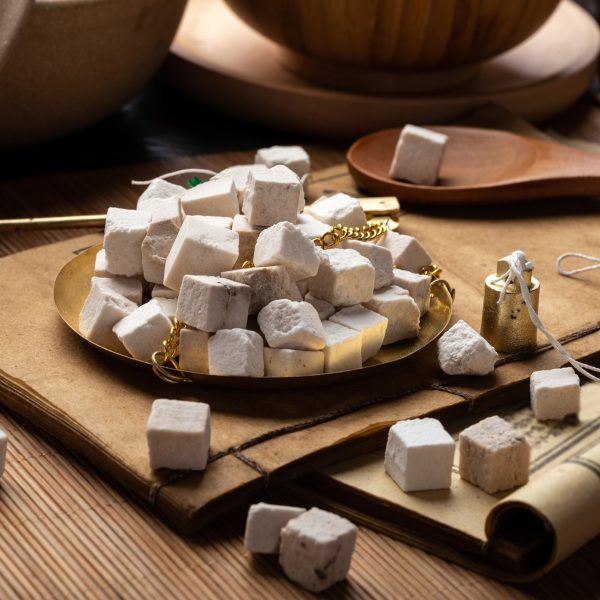
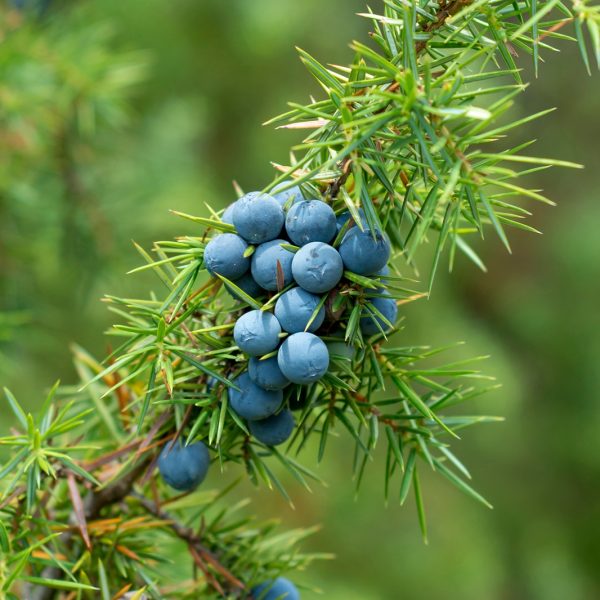












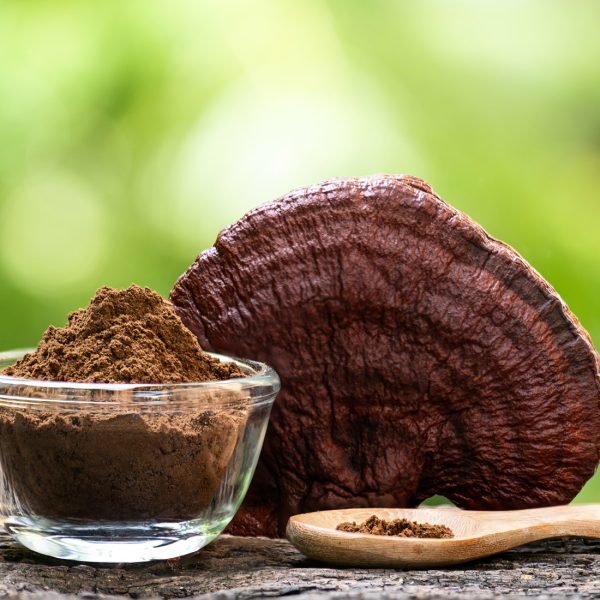

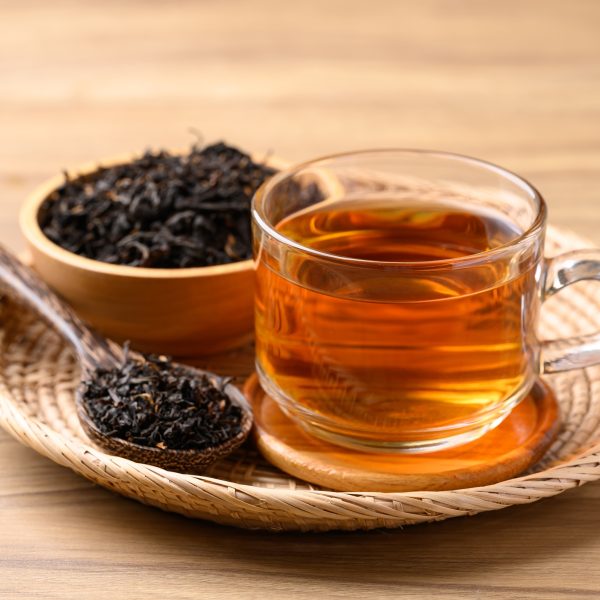
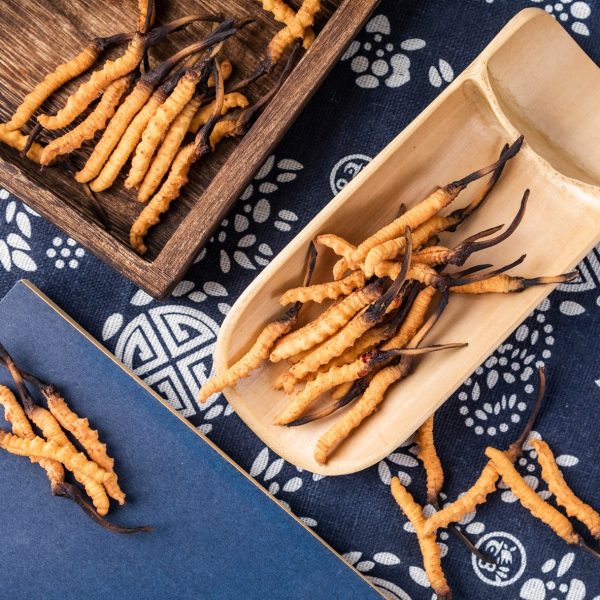









 Herbal practitioners are consulted for anxiety and stress-related conditions more widely perhaps than any other presentation. To be able to have to hand this wonderfully nourishing herb for the nervous system within our herbal medicine chest is a very valuable resource indeed.
Herbal practitioners are consulted for anxiety and stress-related conditions more widely perhaps than any other presentation. To be able to have to hand this wonderfully nourishing herb for the nervous system within our herbal medicine chest is a very valuable resource indeed. Skullcap was used by Native American tribes to relieve breast pain, promote menstruation and in child birth to help expel the placenta. It was used within ceremonies for the transition of girls to womanhood and has been used variously for treating stress, insomnia, premenstrual syndrome and diarrhoea.
Skullcap was used by Native American tribes to relieve breast pain, promote menstruation and in child birth to help expel the placenta. It was used within ceremonies for the transition of girls to womanhood and has been used variously for treating stress, insomnia, premenstrual syndrome and diarrhoea. Nervous system
Nervous system In terms of the medicinal effects of the whole plant, unlike
In terms of the medicinal effects of the whole plant, unlike 





